 Kashmir, a region between India and Pakistan, is known for its breathtaking landscapes. However, beneath this beauty lies a harsh reality: widespread hunger. Here is a deeper look into how hunger has become one of the most pressing issues in Kashmir.
Kashmir, a region between India and Pakistan, is known for its breathtaking landscapes. However, beneath this beauty lies a harsh reality: widespread hunger. Here is a deeper look into how hunger has become one of the most pressing issues in Kashmir.
Political Conflict
For decades, Kashmir has been a victim of political instability. Ongoing conflicts have left deep scars on Kashmir’s infrastructure and economy. Constant enforcement of strikes, curfews and road blockages have prevented the free movement of food supplies, cutting off access to essential resources. This pressing issue disproportionately impacts rural communities and intensifies existing challenges.
The disruption of transportation networks leads to inevitable food shortages, triggering a chain reaction affecting daily life and the locals’ normalcy. Moreover, Kashmir’s economy heavily relies on its agricultural industry to support its financial independence. However, farmers are often unable to sow or harvest under the instability of conflict, leading to further uncertainty in food availability.
Climate Emergencies
In addition to the political turmoil, Kashmir is facing another key issue: the mounting pressure of climate instability. Specifically targeting the agricultural industry, erratic weather patterns have become the norm. Unexpected droughts and unseasonal rains are becoming increasingly common, increasing food prices and reducing yields. Farmers who have previously relied on winter snowmelt for irrigation are now met with the unpredictable nature of modern-day winters that bring either too little snow or none at all, resulting in shortages in crop production and water shortages.
Poverty and Rising Unemployment
In Kashmir, the ongoing conflict has severely paralyzed job opportunities, demonstrating an unemployment crisis, particularly among the youth. As food prices rise and stable job opportunities continue to plummet, families are forced to make difficult decisions about their consumption needs. The crushing reality of poverty means that even if food is available, many decide against purchasing it because they can not afford it. According to the Kashmir Welfare Foundation, approximately 40% of Kashmir’s population lives below the poverty line, with food insecurity contributing heavily to the issue.
The Impact of Harsh Winters
Winters in Kashmir are not just cold, they are crippling. As soon as temperatures start to drop, agricultural activities come to a halt. For families living in remote areas, the winter months bring isolation for long periods, with limited access to food and fresh produce. Hunger peaks in Kashmir during these months and it is often the most vulnerable groups—such as women, children and older people— that are affected the most. Without access to proper storage systems or supply chains, winters in Kashmir become a season of dread.
Solutions and Hope on the Horizon
Various international organizations are working in the region via aid and food security programs to provide immediate relief. The Kashmir Welfare Foundation is one organization that actively works on food security programs, reaching thousands of families with food aid and livelihood support. It also calls for an interest in better technology and government to protect the Kashmiri agricultural industry and those who rely on it.
Another key player is CHINAR Kashmir, a nonprofit organization dedicated to uplifting the region’s marginalized children, women and families. One of its flagship initiatives is the CHINAR Home Program. The program offers a safe and nurturing environment for orphaned and vulnerable children. It provides them with health care, nutrition, education and emotional support. Additionally, in response to natural disasters, CHINAR Kashmir offers immediate relief by distributing food and other necessities to affected families, addressing acute hunger crises during emergencies.
Through these efforts, CHINAR Kashmir and the Kashmir Welfare Foundation are helping to improve access to basic rights and essential services. They empower the region’s most vulnerable populations and build hope for a better future.
– Mashal Aman
Mashal is based in Kyoto City, Japan and focuses on Global Health and Politics for The Borgen Project.
Photo: Flickr
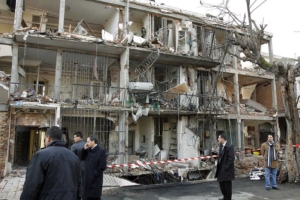
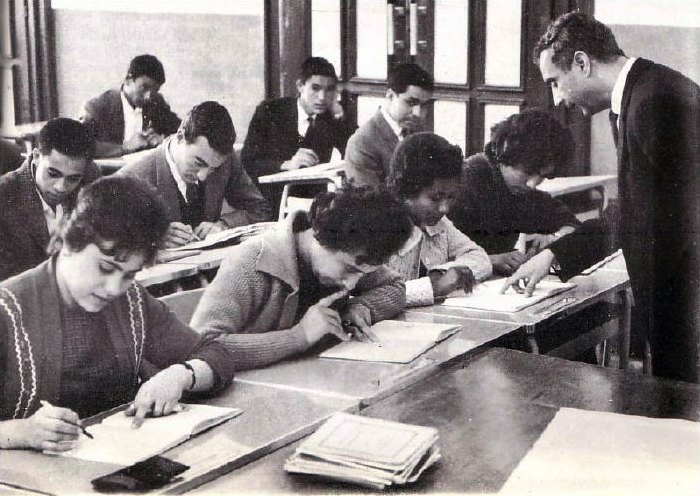
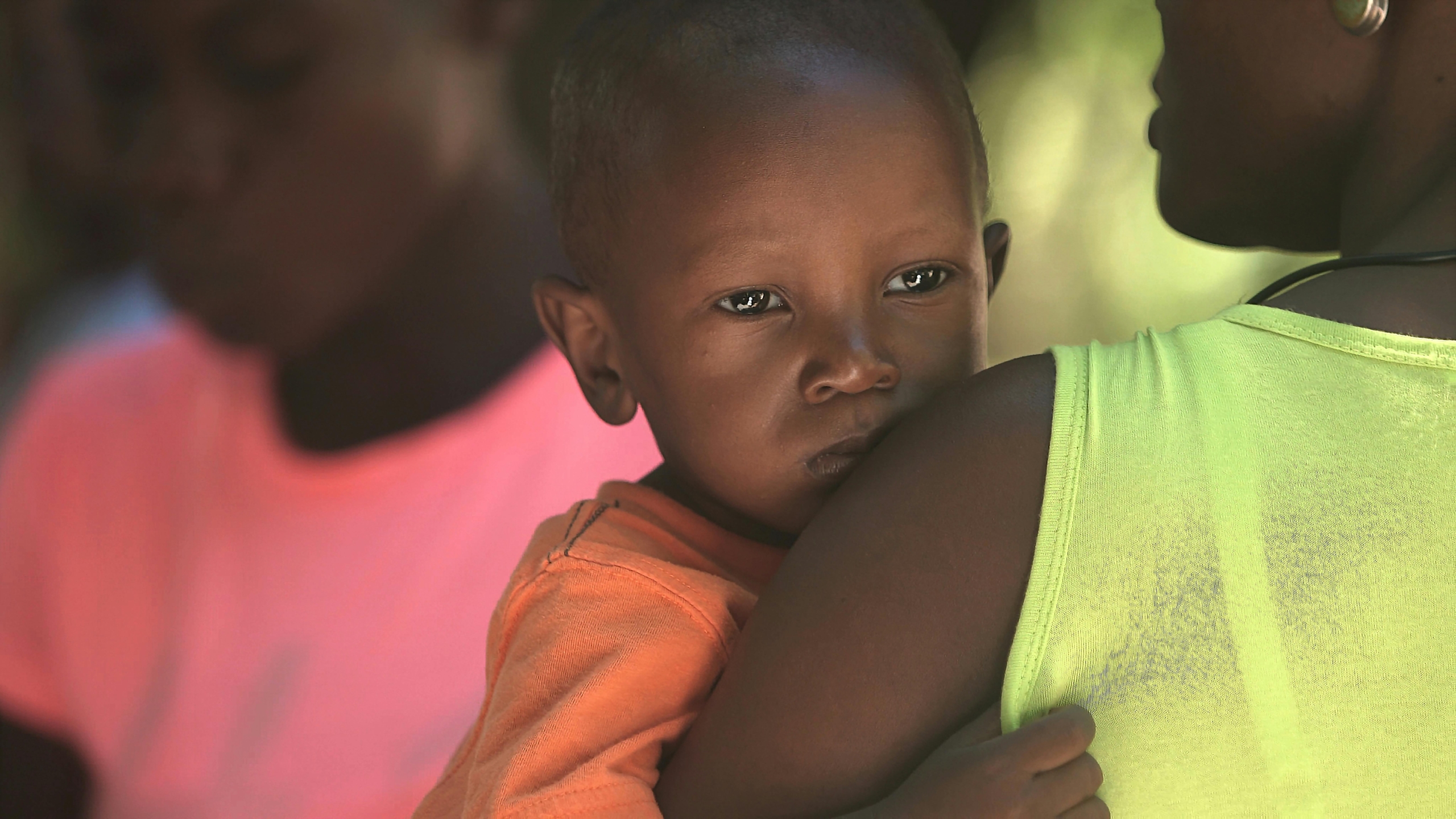
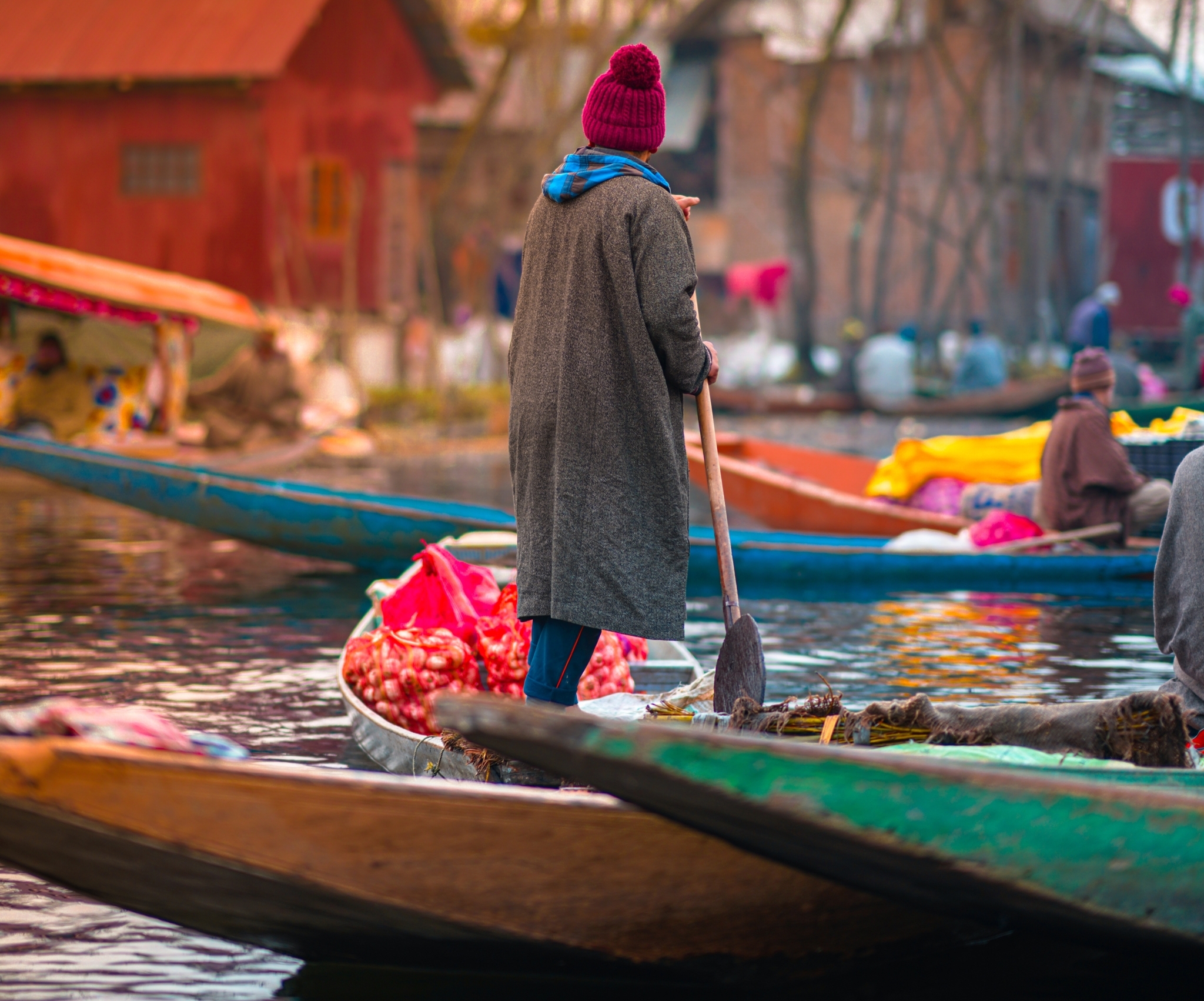 Kashmir is a region in South Asia with disputed territories in India, Pakistan and China. It is known for its diverse and vibrant culture, delicious cuisine, rich music and a wide range of clothing. Located in the Himalayas, Kashmir now stands as a symbol of fragility and the fight for the rule of law due to political disputes.
Kashmir is a region in South Asia with disputed territories in India, Pakistan and China. It is known for its diverse and vibrant culture, delicious cuisine, rich music and a wide range of clothing. Located in the Himalayas, Kashmir now stands as a symbol of fragility and the fight for the rule of law due to political disputes.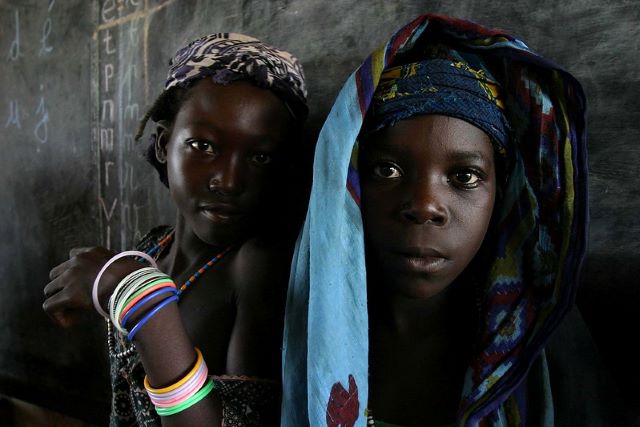 One year after repatriation efforts began, refugees from the Central African Republic are returning home. Although repatriation operations began in November 2019, the return of refugees from the Central African Republic was delayed by the COVID-19 pandemic. Enhanced health and safety precautions made their return possible. The United Nations Refugee Agency, a U.N. agency responsible for protecting refugees, organized the implementation of health and safety precautions. Measures included the use of masks and temperature screening. Handwashing stations were also installed to prevent the spread of disease.
One year after repatriation efforts began, refugees from the Central African Republic are returning home. Although repatriation operations began in November 2019, the return of refugees from the Central African Republic was delayed by the COVID-19 pandemic. Enhanced health and safety precautions made their return possible. The United Nations Refugee Agency, a U.N. agency responsible for protecting refugees, organized the implementation of health and safety precautions. Measures included the use of masks and temperature screening. Handwashing stations were also installed to prevent the spread of disease.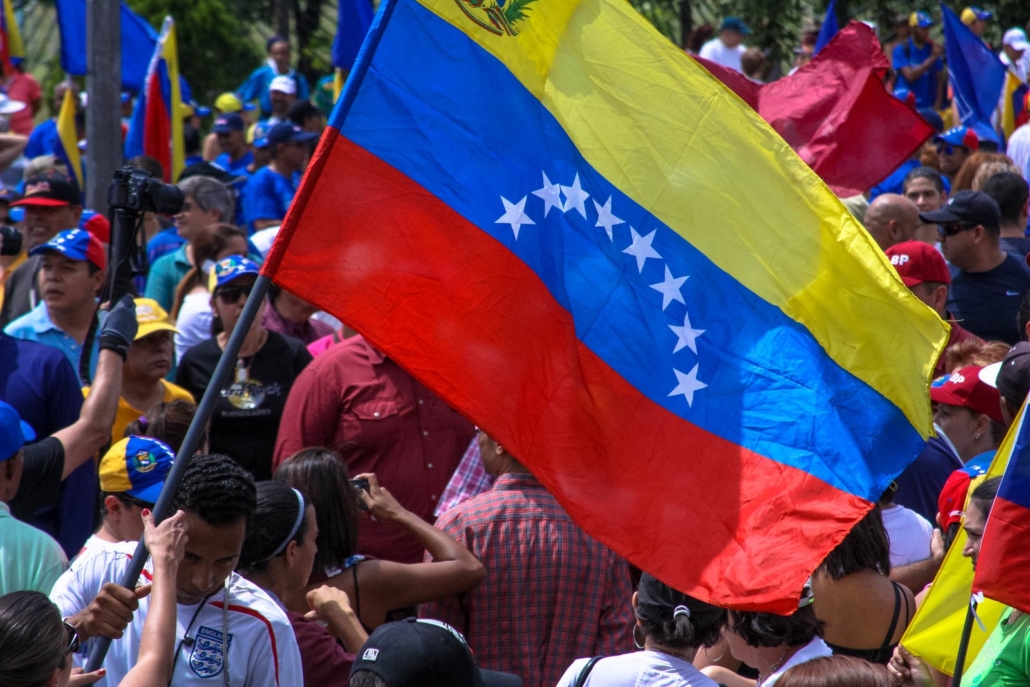
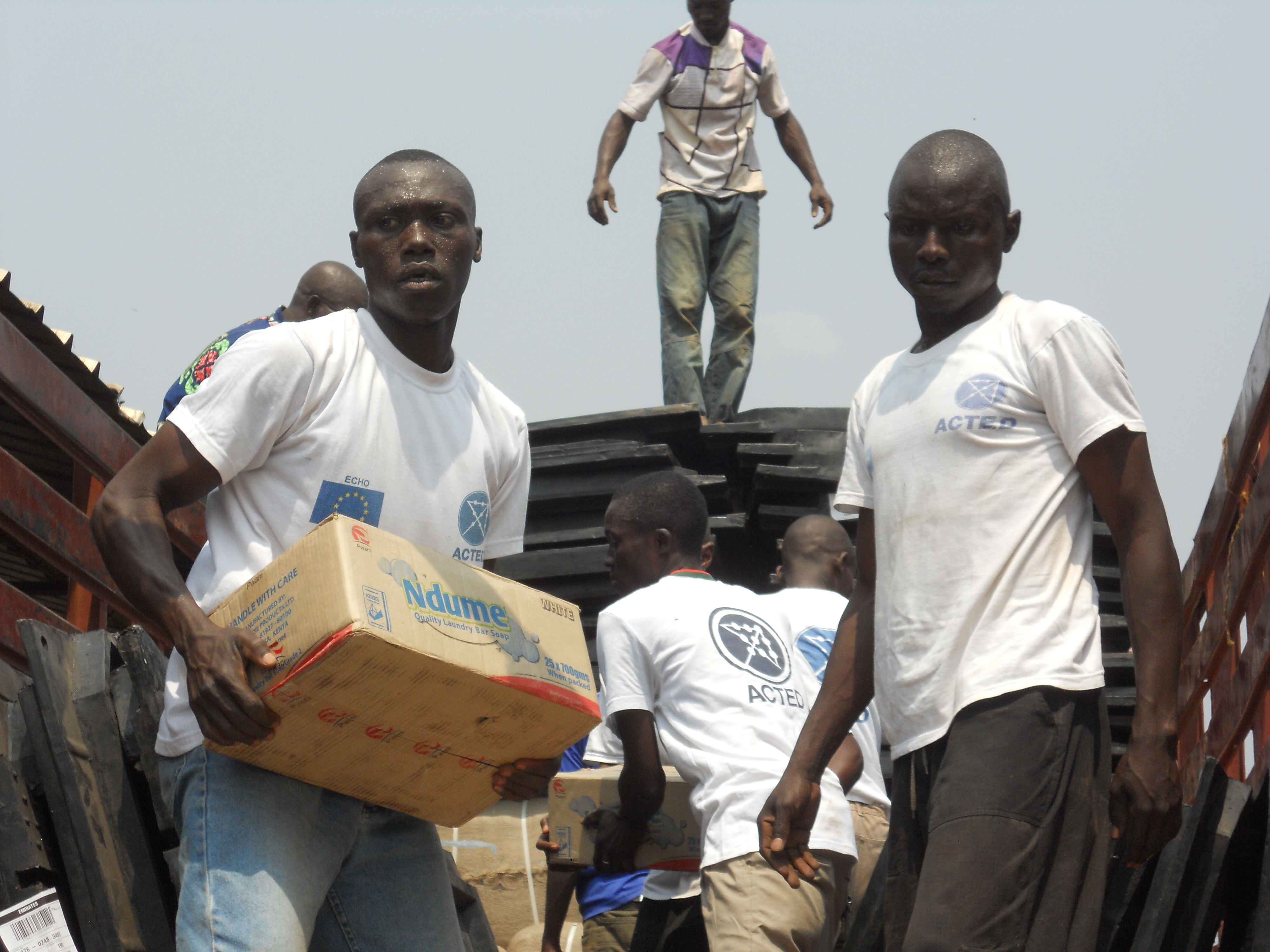 On July 19, 2017, the United Nations World Food Programme announced that it would donate $11 million, which was
On July 19, 2017, the United Nations World Food Programme announced that it would donate $11 million, which was 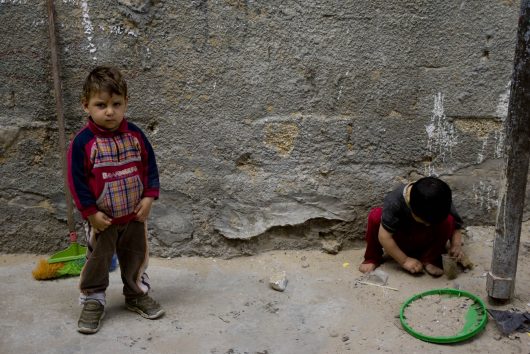 In recent years, the struggle of the Palestinian Territories has become increasingly publicized. The territories, located in the Gaza Strip and the West Bank, are the center of the Israeli-Palestinian conflict. The increase in attention given to this conflict and related issues often raises the question “why are Palestinian territories poor?”
In recent years, the struggle of the Palestinian Territories has become increasingly publicized. The territories, located in the Gaza Strip and the West Bank, are the center of the Israeli-Palestinian conflict. The increase in attention given to this conflict and related issues often raises the question “why are Palestinian territories poor?”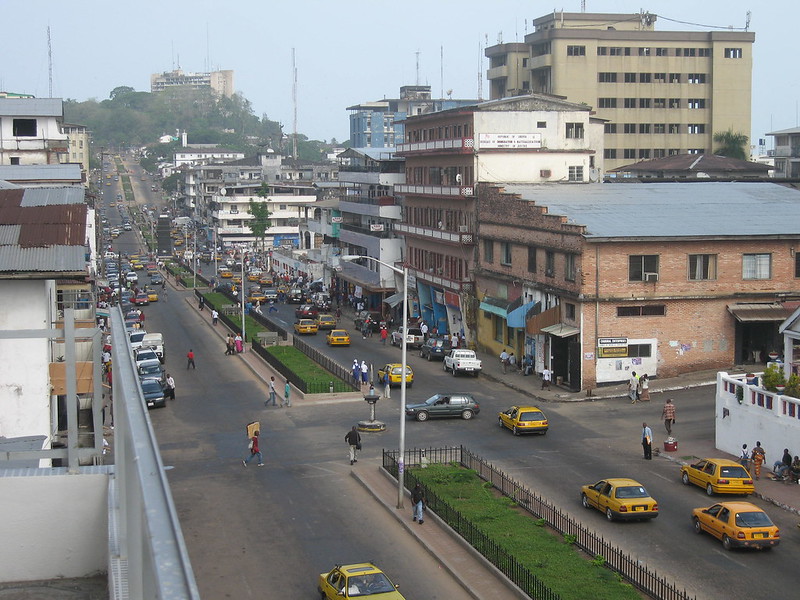 Liberia is a country in West Africa and is one of the poorest countries in the world. Although Liberia is the oldest republic in Africa and has a long running relationship with the U.S., the alarming
Liberia is a country in West Africa and is one of the poorest countries in the world. Although Liberia is the oldest republic in Africa and has a long running relationship with the U.S., the alarming 